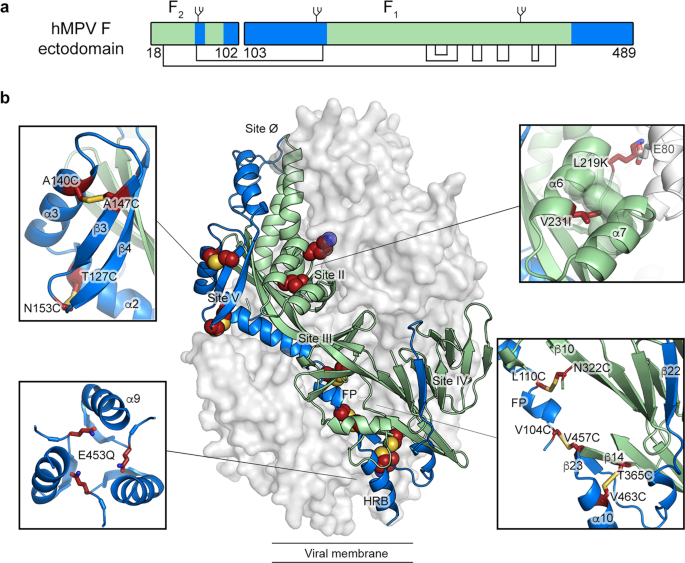2022-03-25 スウェーデン王・王立工科大学(KTH)
・植物からの二次代謝産物の研究は、昆虫の行動制御などの実用的なアプリケーションに使用することができ、病気を広げるベクターの行動に影響を与えるために使用できる新規化合物の探索の重要な部分です。また、二次代謝産物の研究は、化学生態学や分析化学の紹介や教育のツールとしても利用できます。用途では、試料調製法と分析法を適切に使用することが重要な役割を担っています。
・本論文では、異なる試料採取方法とガスクロマトグラフ質量分析を組み合わせ、植物から放出される二次代謝産物の多様性を調査している。
<関連情報>
- https://www.kth.se/en/om/mot/kalender/sample-preparation-and-analysis-of-metabolites-from-plants-in-the-families-of-cyperaceae-poaceae-and-apiaceae-1.1148794?date=2022-03-25&orgdate=2022-03-25&length=1&orglength=0
- http://kth.diva-portal.org/smash/get/diva2:1641630/FULLTEXT01.pdf
- http://kth.diva-portal.org/smash/record.jsf?pid=diva2%3A1641630
スギ科、イネ科、セリ科植物の試料調製と代謝物の分析 Sample preparation and analysis of metabolites from plants in the families of Cyperaceae, Poaceae and Apiaceae
Svenberg, Linus Published:2022-03-25
Abstract
An important aspect of understanding how plants effect their environmentis the study of volatile compounds and how these influence interactions between plants and other living organisms. The study of these secondary metabolites from plants can be used in practical applications, such as behaviour control of insects, and is an important part in the search for novel compounds that can be used to influence the behaviour of disease spreading vectors. The study of secondary metabolites can also be used as tools for introducing and teaching chemical ecology and analytical chemistry. The proper use of sample preparation methods and analysis has a key role in both these applications.
In this thesis, different sample collection methods are combined with gas chromatography-mass spectrometry to investigate the diversity of secondary metabolites emitted from plants. In paper I, two different sample collection methods, ultrasound assisted extraction and solid-phase microextraction, were used as a basis to collect six metabolites as a metric of comparison of the methods. The work compares the ultrasound assisted extraction and solid-phase microextraction of stored Cyperus rotundus, and also compares solid-phase microextraction collections from stored and live plant samples.
The static headspace solid-phase microextraction method used in paper I was then used to analyse the headspace samples of three other graminoid plants, namely Cynodon dactylon, Cyperus exaltatus and Panicum repens. In paper III, the identification of the headspace volatiles of the graminoid plants were determined, and the relative peak area percentages were analysed using one-way ANOVA. The result of this work allowed for a comparison between the three different plants to determine significant differences between the compounds detected based on relative peak area percentages.
Adding to the results of paper I and III, the results from paper II offers more insight into the chemicals present in the gas phase above the plants by employing dynamic headspace sampling from live plants. This adds another sampling method to the body of the work, which expands the knowledge of what volatile compounds are present around the plants. Further, in paper II, the use of two-port olfactometric and semi-field bioassays were used to compare which plants have the largest impact on the behaviour of the malaria vector Anopheles gambiae.
In Paper IV, the ultrasound assisted extraction method from paper I was used in order to evaluate the allelopathy of Aegopodium podagraria. This work was used as an inquiry-based learning project for Swedish highschool students, and the feedback of the students were collected for development of the project. The results of the work in paper IV demonstrated the implementation of the developed experimental methods as tools for teaching students of different academic levels about analytical chemistry and chemical ecology.




